Read next
The latest news, updates and expert views for ambitious, high-achieving and purpose-driven homeowners and property entrepreneurs.

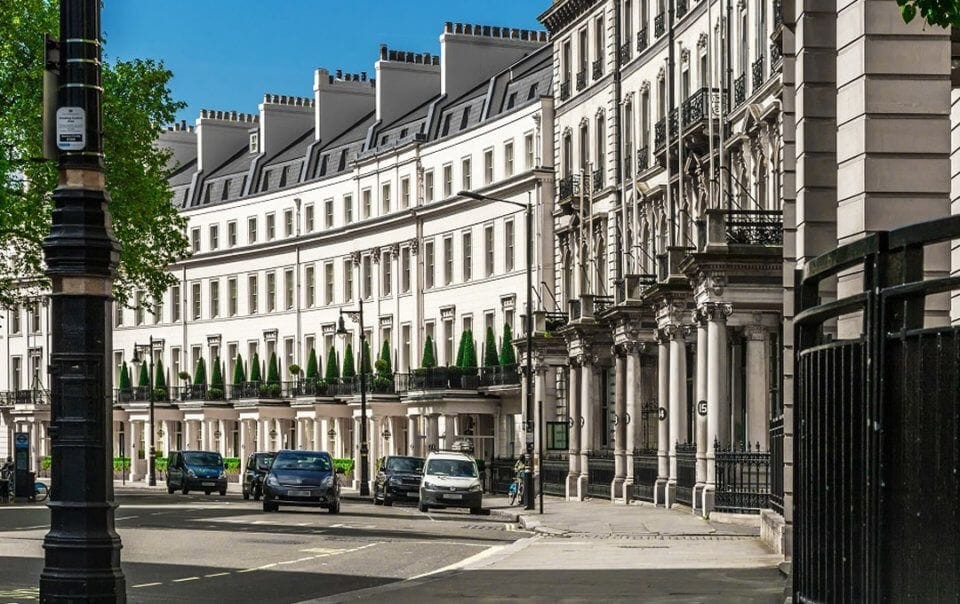
A lot of people think that owning a property gives them the right to do what they want with it. As anyone who has had to apply for planning permission has learned, that’s not true.
But if you are a leaseholder – or a freeholder on certain estates – did you know that you may also need consent from the freeholder or management company before you make any changes to your home?
This is often called a licence to alter or licence for alterations or freeholder's consent, and it’s easy to get in trouble if you don’t have one.
If you change the inside of your flat without getting freeholder's consent, you could be in breach of your lease. You could be made to pay for restoring the property to its previous state. And the lack of a license to alter application could make it very difficult to sell a leasehold property.
For freeholders, changes to the outside of your house will need the agreement of the owner of the estate. You might also need to get it for internal modifications, too, especially basements.
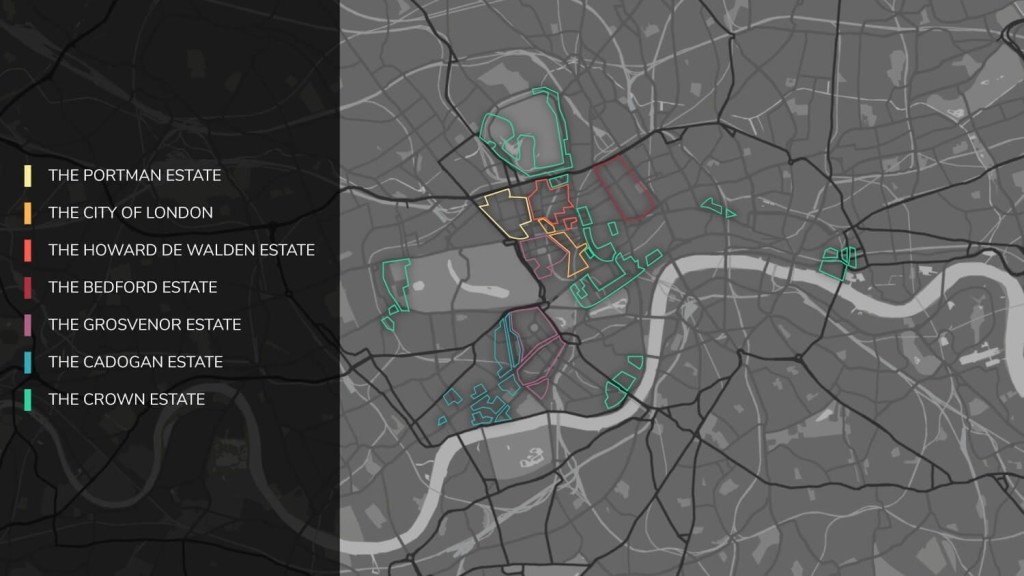
These rules apply to many owners of properties at London’s most prestigious addresses, including the Grosvenor, Cadogan, Howard de Walden, Portman and Bedford estates.
But they also affect people who have bought a home or flats to let out in many new-build developments, as well as those with an ex-council or housing association property.
So we’re going to discuss when you normally do or do not need a licence to alter, what you will need to do if you do need freeholder's consent, and how much it will cost.
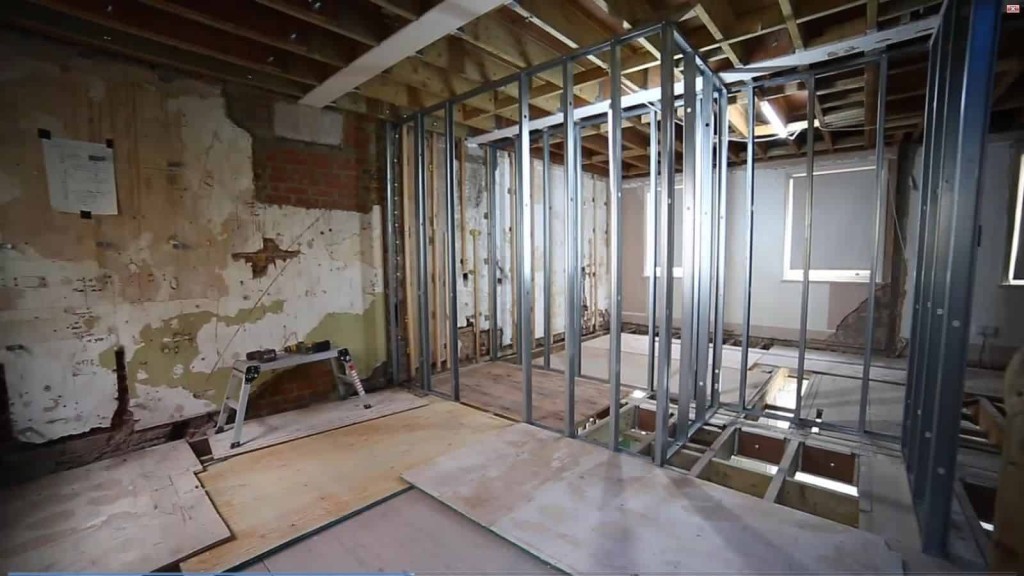
The safest option is to always check with the management organisation before you make any changes to your property. The management organisation – in legal terms “the freeholder” – might be a private estate, managing agents, the local council, housing association or the Corporation of London.
In some cases, a block of flats will have both managing agents and an ultimate freeholder. You will have to consult both and pay administration fees to both for the use of their time.
The basic information about what you can and can not do should be in your lease (or covenant, if you’re a freeholder). There is also usually a general guide available on the management organisation’s website, although that will not be specific to your building. As a rough rule, you can make repairs without needing permission, but any actual changes or improvements will need agreement.

For instance, any layout changes or structural alterations – such as removing an internal wall – will need to be formally allowed by the owners of the estate. And you are likely to need consent for any change to where the pipes run.
Leaseholders in flats are often surprised to learn that they might need landlord permission to replace carpets with hardwood floors – and that these kinds of floors are not allowed at all in some buildings.
It is also common for leaseholders not to be able to replace windows and sometimes front doors. Check your lease very carefully before considering doing either of these things.
The better news is that under the law the freeholder has to have a good reason for not giving you consent to alterations – otherwise you have a good chance of challenging their decision in court. And, indeed, there have been a number of court cases about leaseholders’ rights to make changes to their homes.
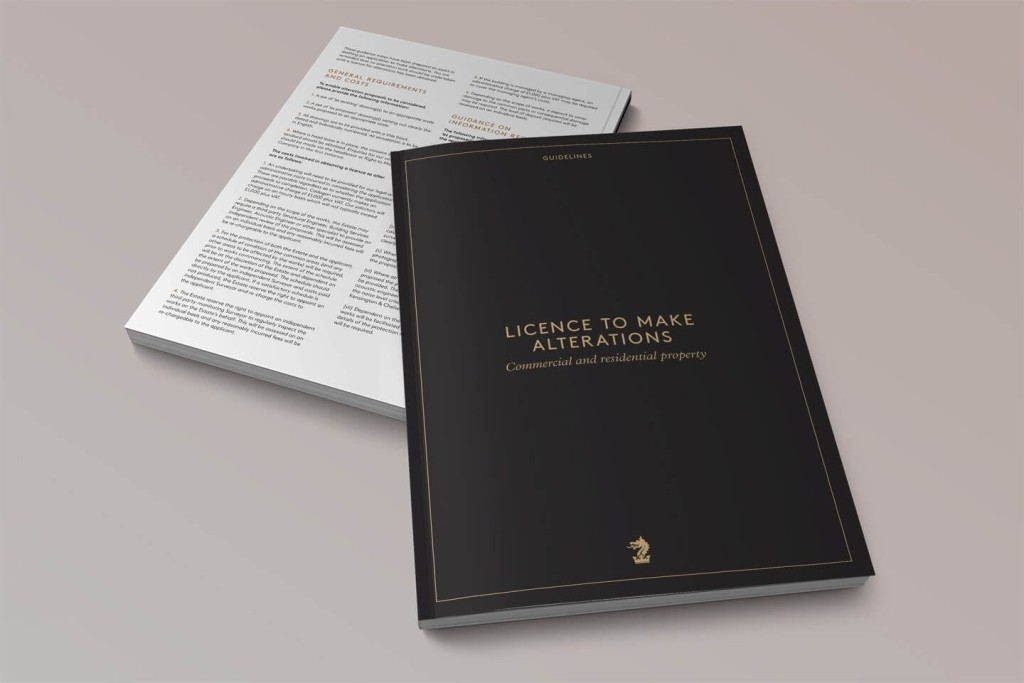
There is no single permission-to-alter process – each management organisation has its own arrangements. In general, though, the more traditional and powerful estates have more exacting requirements.
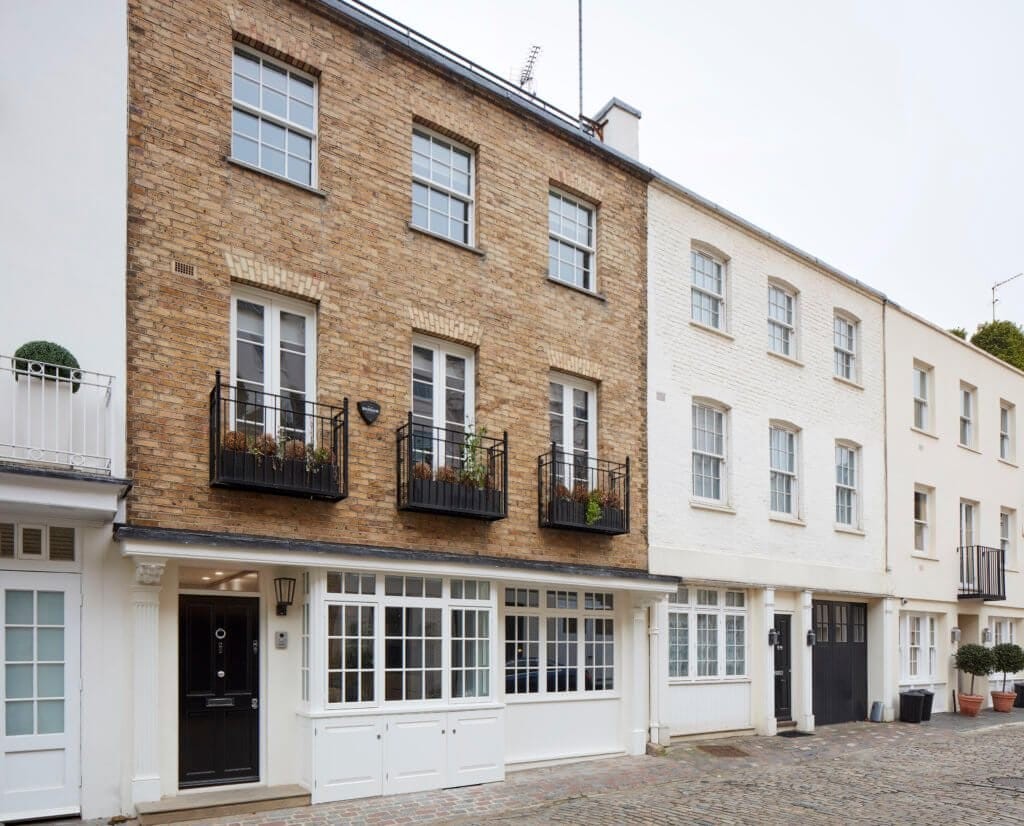
You will need to fill in a form to get the process started. For any structural changes, you will need to include detailed licence to alter drawings. You might also need a structural engineer’s report, confirming that the works will do no damage to the building.
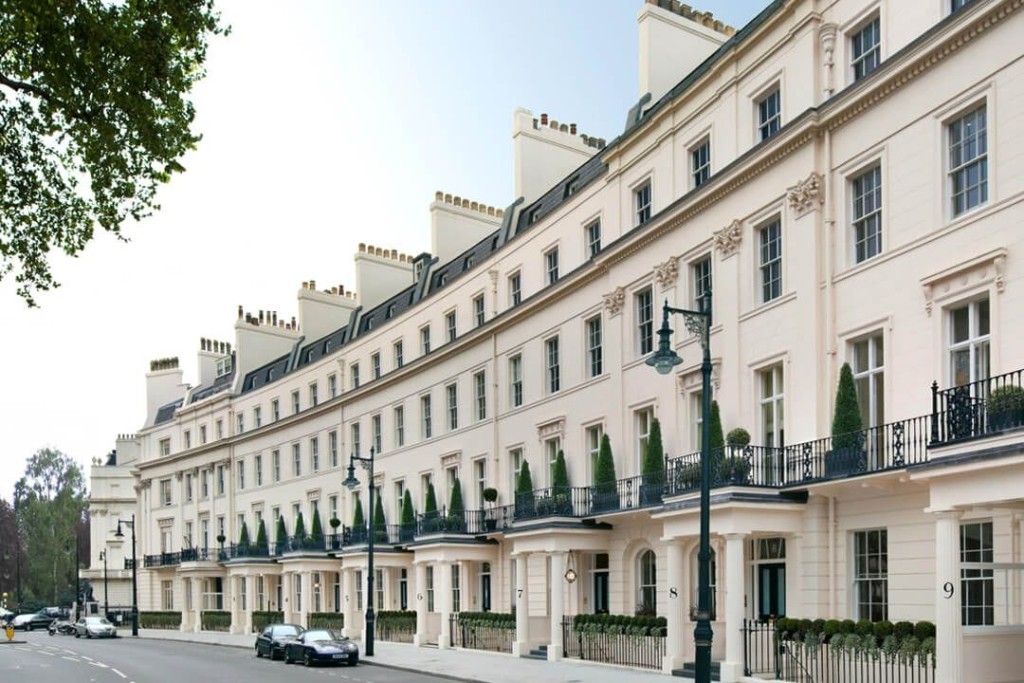
But there are significant differences between different management organisations. For instance, while, Southwark Council just asks for drawings, the Grosvenor Estate (rightly, in our opinion) asks for drawings from a qualified professional, eg a chartered surveyor or RIBA-chartered architect.
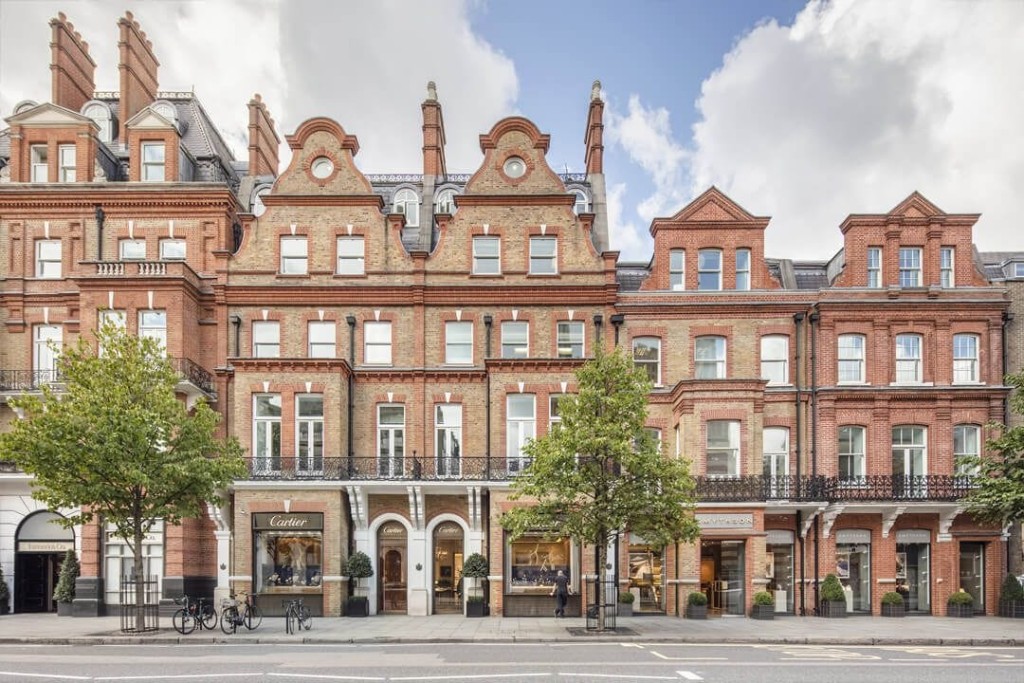
Even if you provide a structural engineer’s report, Cadogan Estates says that it might commission an independent structural engineer and then charge you for it.
As you might imagine, the central London private estates insist on the highest-end architects, engineers and surveyors, and will only work with a small number of firms.
You will also need to provide details of your contractor. This brings us to one of the things that most people seeking license to alter find annoying: you need to make arrangements to hire a contractor months before they can start the work.
If you are planning to have works done immediately after you complete the purchase of a flat, that means you will need designs and a builder in place long before you are the owner so you can get permission in time.
Cadogan asks you to provide details if you have applied for planning permission, listed building consent or building regulations approval, but for leasehold properties, the Grosvenor requires you to submit the drawings to them before you apply to your council. You might also need Party Wall agreements in place before you complete the application.
When you submit your application, you will pay an administrative fee (see below: How much do I have to pay for a license to alter?).
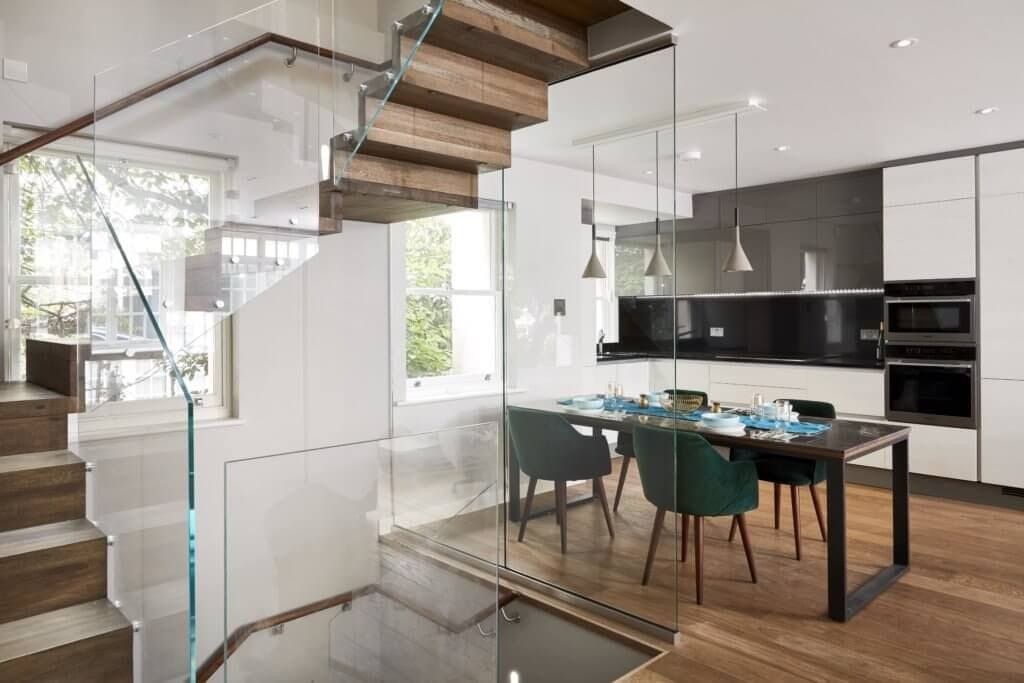
You might need to have “a schedule of condition” done by a chartered surveyor to check the state of common areas before the start of your work.
An obvious example of common areas are the corridors and landings of your floor in a block of flats, but if, for instance, you live on a private mews or private cul-de-sac, this could include the road surface and even the arch at the entrance to the mews.
In addition, you may need to hire contractors with insurance cover of at least £2 million for indemnity and public liability, and All Risks insurance, generally around £1 million. This narrows your options for choosing a contractor.
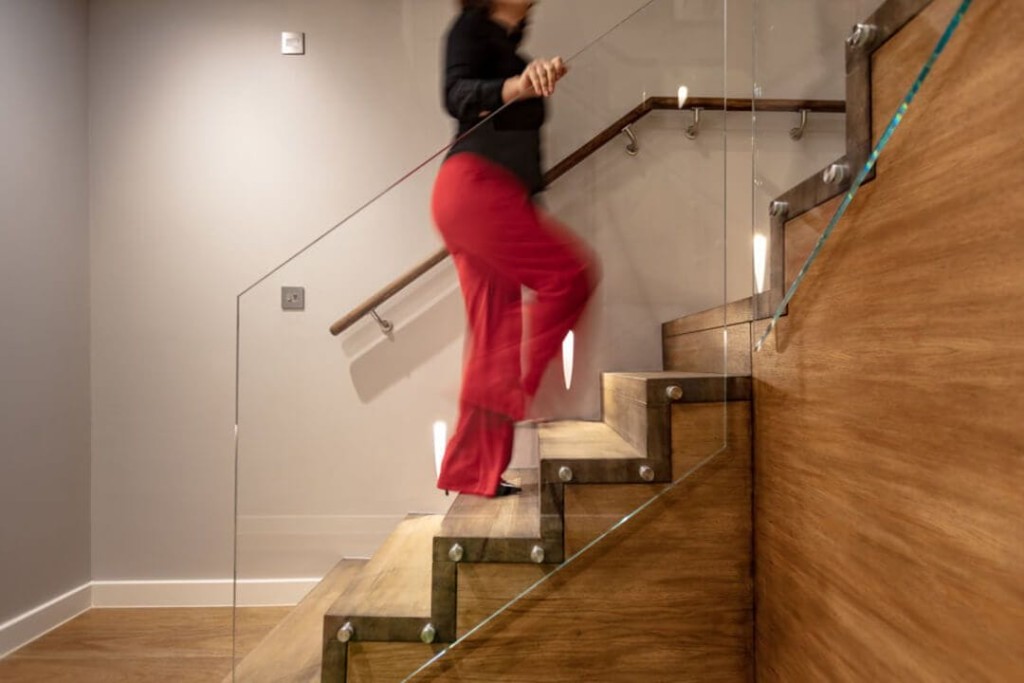
The time varies between freeholders.
The Cadogan estate aims (but does not promise) to have the legal papers completed within 90 days, although it does try to share any comments within five working days. Southwark Council has a limit of 60 days to make a decision while suggesting that simple cases can be dealt within 10 days.
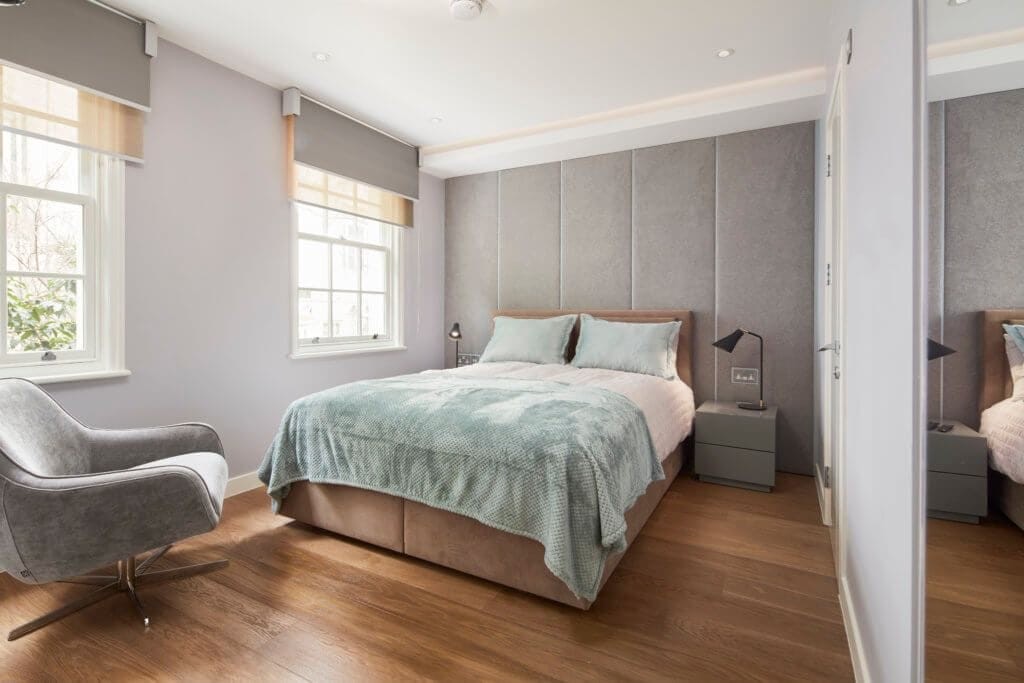
You will usually have to pay an administration fee when you apply, and then legal fees for the licence to alter itself. At the lower end, if you change the fittings in your bathroom but not the layout, Southwark Council will charge you a £45 admin fee while the legal letter acknowledging the work has been carried out with their consent is free.
At the higher end, Cadogan charges a flat administration fee of £1,000 plus VAT regardless of the scope of works, and says that “Our solicitors will charge on an hourly basis which will not typically exceed £1,000 plus VAT.” The Bedford Estate has a sliding scale depending on construction cost: from £750 for works less than £10,000 rising to £5,000 for £400,000.
Somewhere in between, the Dulwich Estate has a minimum admin charge for an extension or loft conversion of £559. If you have a leasehold flat overseen by Moreland Estate Management, you will pay £150+VAT for admin fees and £150+VAT for legal fees, plus additional fees for arranging for structural engineers or surveyors (separate to charges from the engineer or surveyors) and final inspection if necessary.
Along with the fees, you may also need to pay a deposit against possible damage to common areas: this can be around £20,000 in central London. If there are external works, you could also have to pay the management organisation a fee for hoardings and a scaffolding licence.
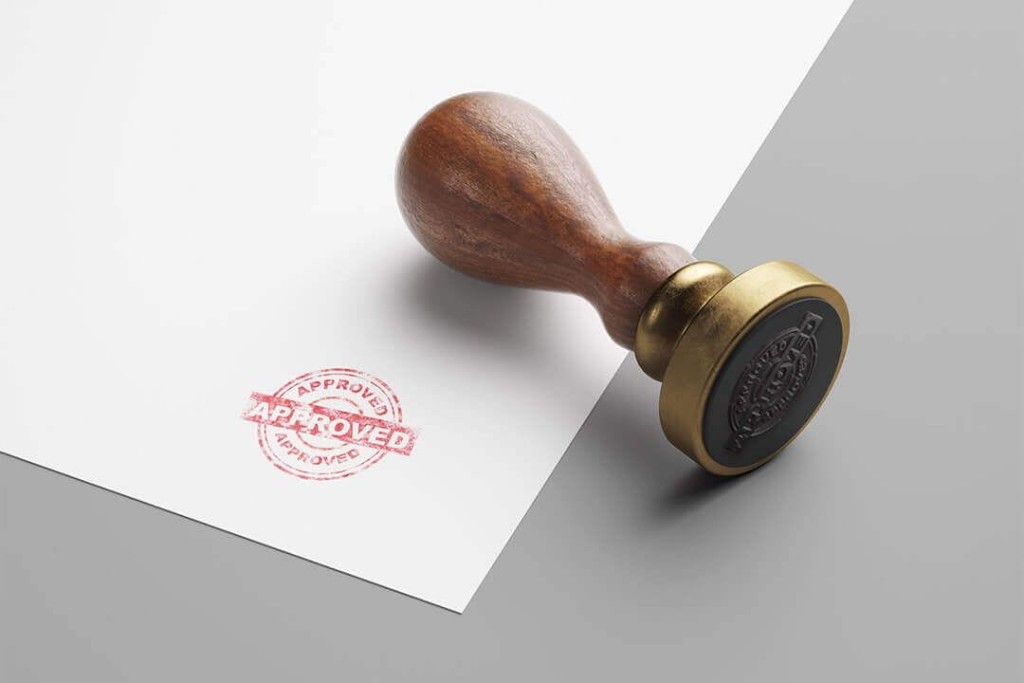
This also varies substantially depending on the freeholder, Moreland Estate Management requires that you complete your works within three months, while the Grosvenor Estate gives you 26 weeks and Southwark Council allows you 12 months.
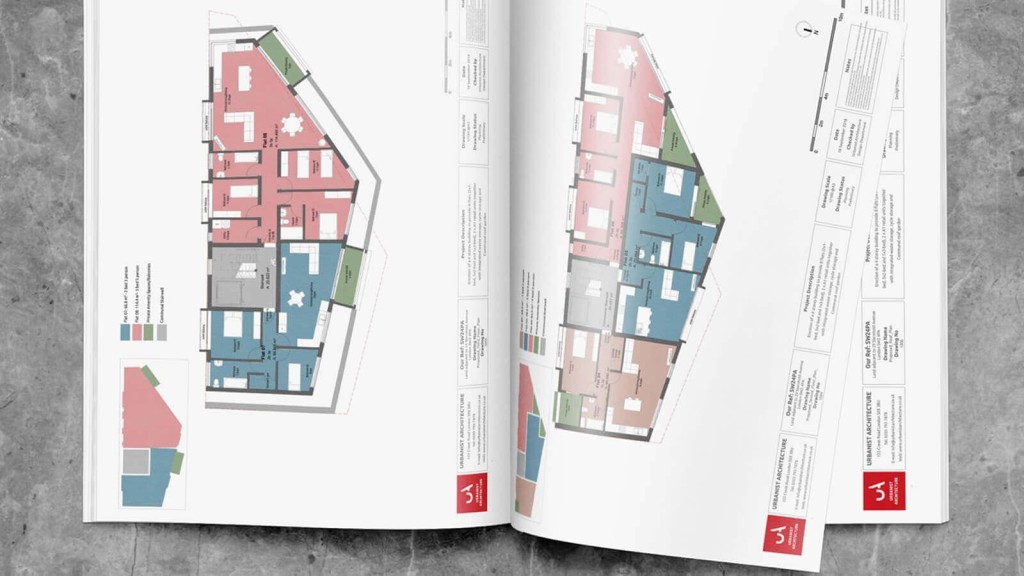
There is no connection between a license to alter and government regulations. If you are making changes that need planning permission, listed building consent or a certificate of lawfulness followed by building regulations approval, you will need to apply for those documents as well as your license for alterations.
One positive note: you sometimes may be able to use some of the same drawings for your planning application and your licence for alterations submission.

If you are doing very simple works without layout alterations, then there is no reason why you shouldn’t deal with the application yourself. But as you can see from this article, once you start planning any major changes, the process can get complicated.
That’s why – especially if you are dealing with one of the estates with very high standards – it can be wise to hire an experienced architect or chartered surveyor not just to provide the drawings but to look after the whole process.
They will be able to ensure that you meet all the licence to alter specifications and guide you through the complex bureaucracy. You will save yourself headaches and potentially money, because putting mistakes right can be very expensive.

Are you a leaseholder or is your freehold house on an estate?
We have experience of working with some of London’s great estates, including the Grosvenor, Cadogan, Howard de Walden, Portman and Bedford estates, as well as dealing with management companies in Docklands and housing associations. If you would like us to help you with your application for a licence to alter, please don’t hesitate to get in touch.

Nicole I. Guler BA(Hons), MSc, MRTPI is a chartered town planner and director who leads our planning team. She specialises in complex projects — from listed buildings to urban sites and Green Belt plots — and has a strong track record of success at planning appeals.
We look forward to learning how we can help you. Simply fill in the form below and someone on our team will respond to you at the earliest opportunity.
The latest news, updates and expert views for ambitious, high-achieving and purpose-driven homeowners and property entrepreneurs.
The latest news, updates and expert views for ambitious, high-achieving and purpose-driven homeowners and property entrepreneurs.
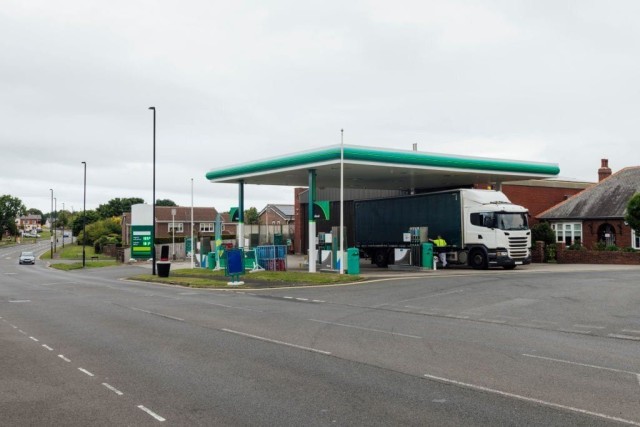
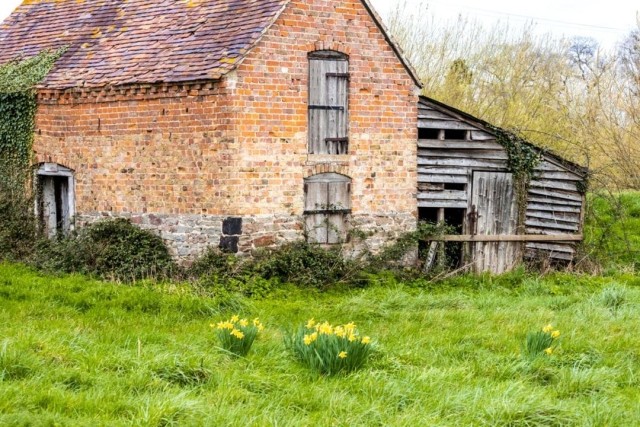
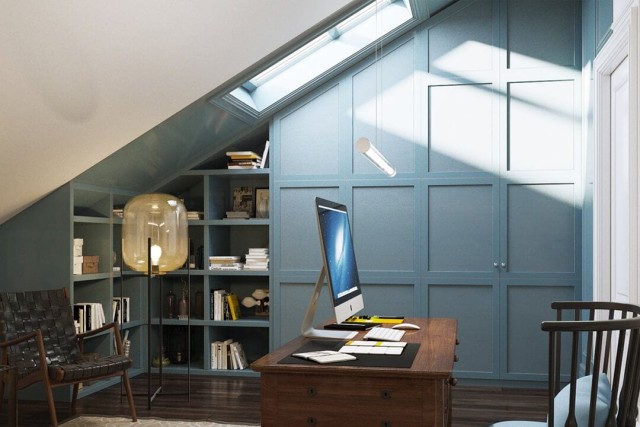

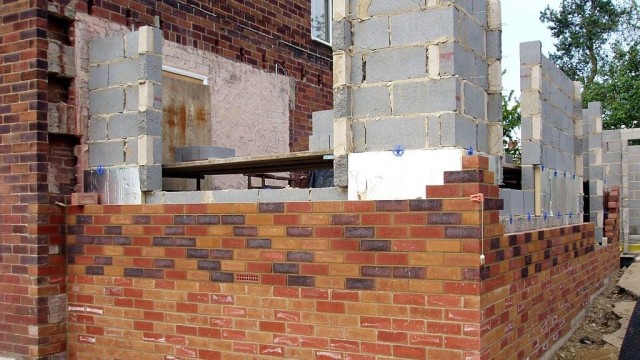
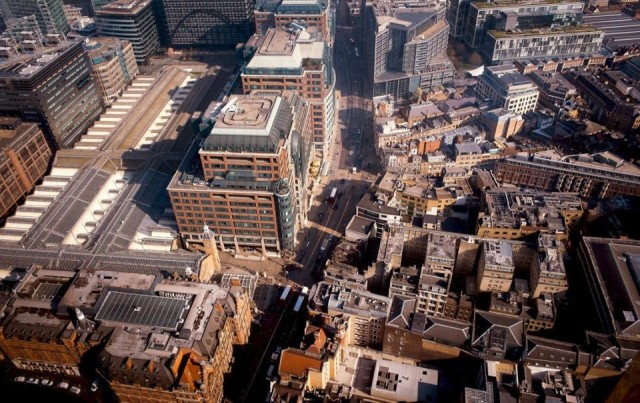
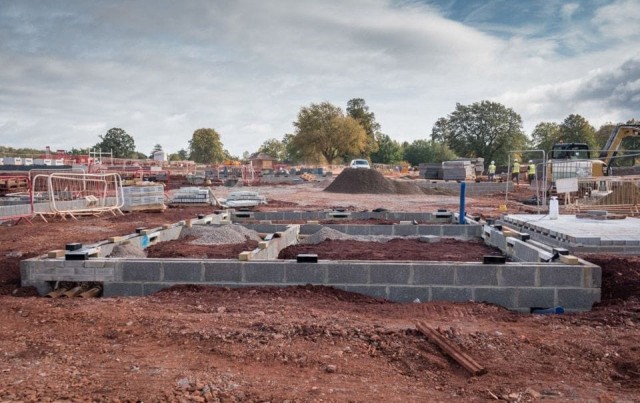
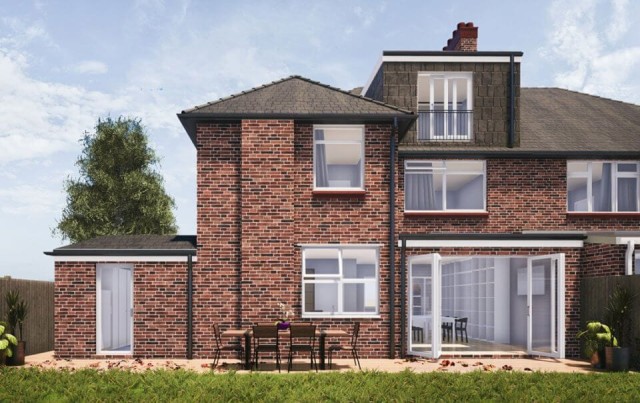
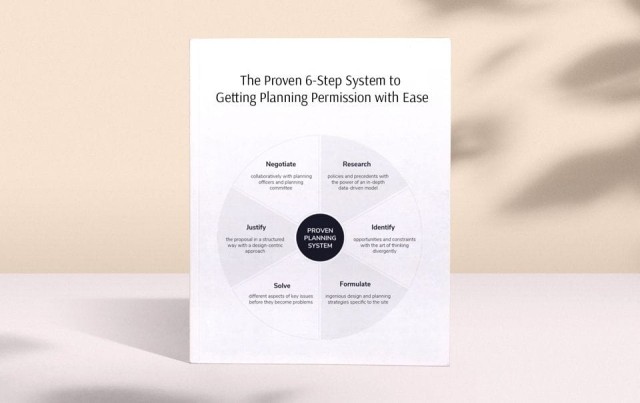
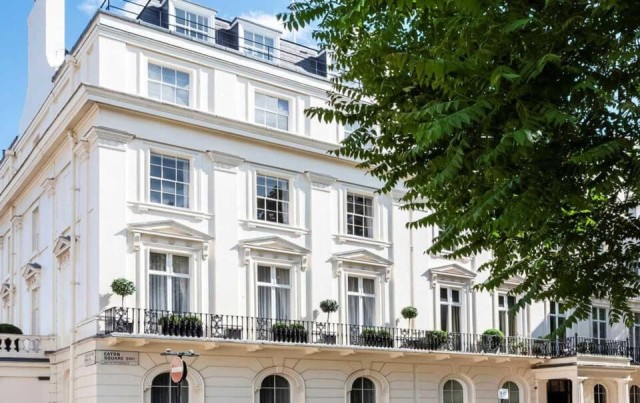
We specialise in crafting creative design and planning strategies to unlock the hidden potential of developments, secure planning permission and deliver imaginative projects on tricky sites
Write us a message